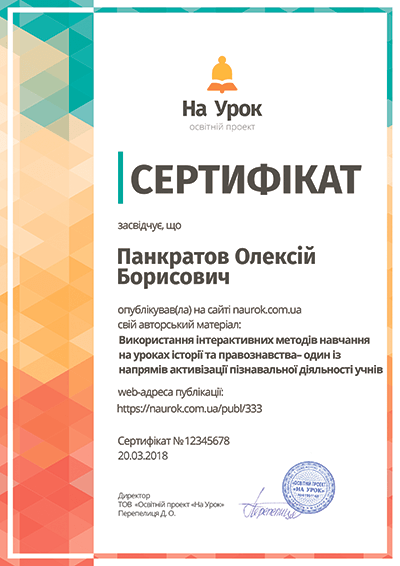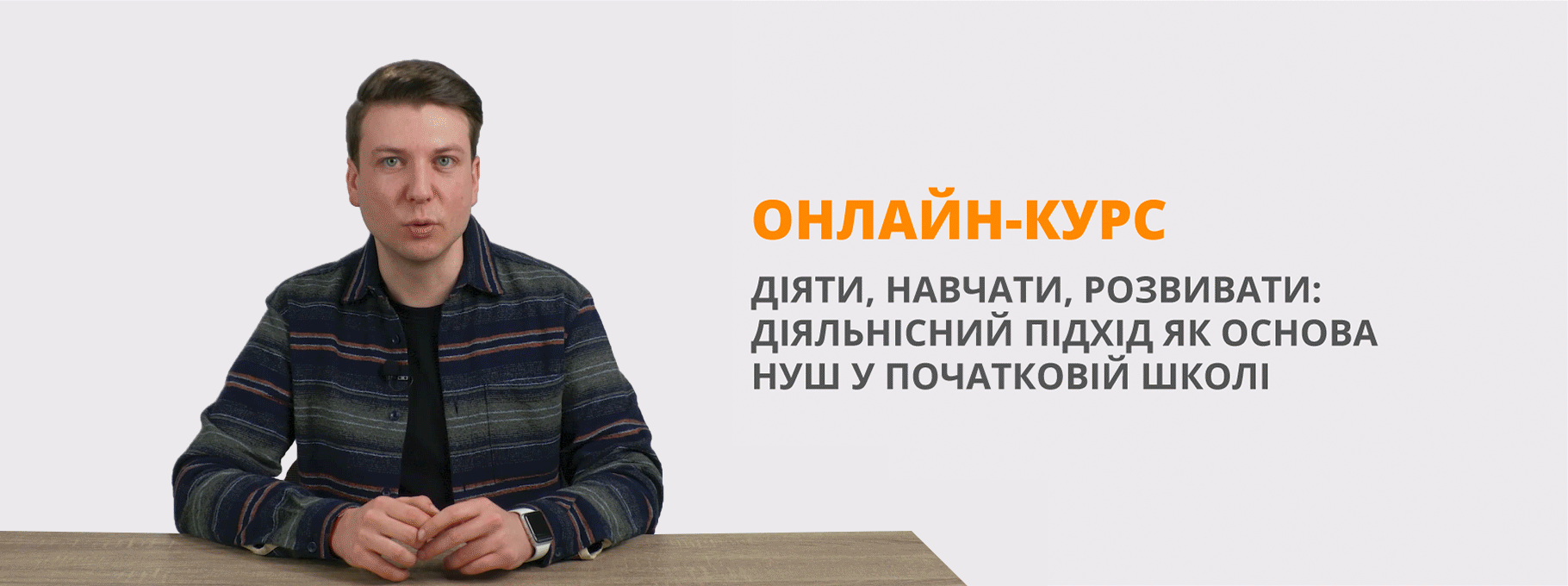Topic.City transport.Розробка уроку
Topic .City transport
Objectives:
- To introduce and practice vocabulary;
- To develop basic skills;
- To develop socio-cultural awareness;
The plan of the lesson
1.Greetings. Warm up
The teacher pretends to be tried to provoke the students to ask a “Why?” question and answers he/she had a trouble getting to work and introduces the expressions to have a trouble doing something and get to.
2. Introducing the topic
a) Next he revises the students’ vocabulary by asking the question how do you get to school? and prompting the students to use the expressions by…, on foot introduced before. The students give their answers, and the teacher upon listening to them and possible noting the answers on the board, asks a question about how people get somewhere in a big city. After the students give the expected answers( by car, by bus, by tram, by trolley, by metro, by taxi) the teacher introduces the words public transportation as a uniting notion and asks the students to compare them using the following chart:
|
|
car |
Bus |
Tram |
Metro |
taxi |
|
|
Public or not |
|
|
|
|
|
|
|
Speed |
|
|
|
|
|
|
|
convenience |
|
|
|
|
|
|
|
fare |
|
|
|
|
|
|
And introduces the word fare. There may be a need to revise appropriate adjectives and adverbs. The students fill in the chart with necessary words and make up sentences describing each of the give kinds of transportation. After that they share their sentences.
b) The teacher revises the degrees of comparison of adjectives and asks the students to practice the appropriate degrees comparison comparing the types of transportation using the adjectives fast, slow, cheap, expensive, comfortable, convenient and adverbs too, enough.
c) After this has been revised, the students give their reasons for using this or that kind of transportation when getting to school like I get to school by bus.
It’s the most convenient transportation. It’s cheap and fast enough.
3. Summary of the lesson.
4.Home assignment. To interview a friend and write about the way he/she gets to school and the reasons for that.


про публікацію авторської розробки
Додати розробку
